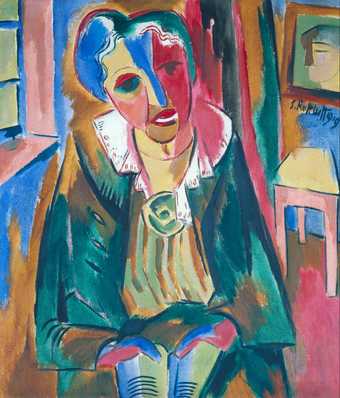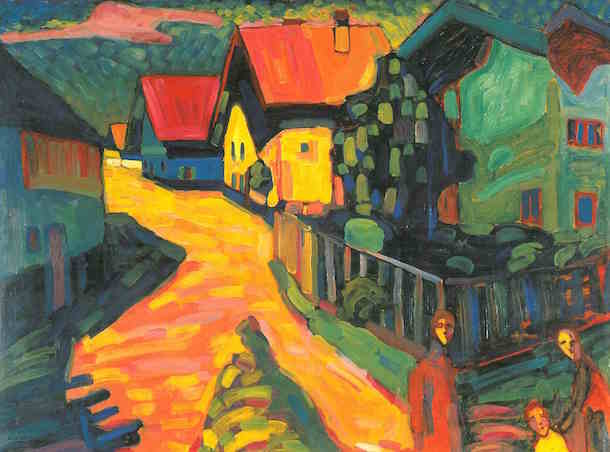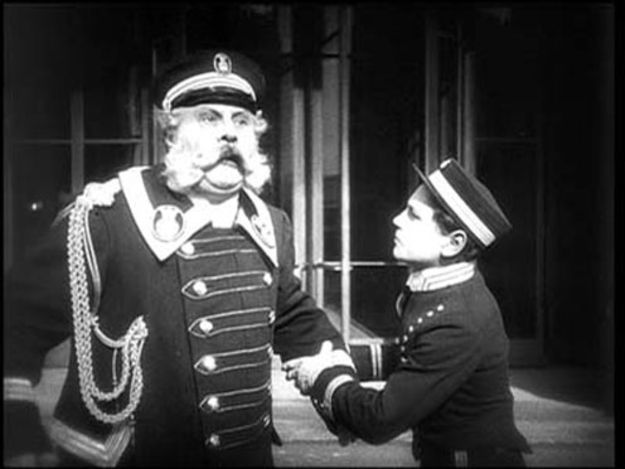‘In 1997, UFA and the Luxembourgish rival CLT established the joint venture CLT-UFA, which, following the takeover of British rival Pearson Television, was restructured as RTL Group in 2000. Today, UFA GmbH (UFA) works as a subsidiary of RTL Group’s production division FremantleMedia, which had been formed out of Pearson TV, and is responsible for all production activities of Bertelsmann and FremantleMedia in Germany.
Until August 2013, eight subsidiaries operated under the UFA umbrella: UFA Fernsehproduktion, UFA Entertainment, Grundy UFA, Grundy Light Entertainment, UFA Cinema, teamWorx, Phoenix Film and UFA Brand Communication.
In August 2013, UFA underwent an organizational restructuring that simplified the company down to three production divisions. Today, UFA Fiction, UFA Serial Drama, UFA Show & Factual and UFA Documentary are the four units responsible for production.’
(source – https://en.wikipedia.org/wiki/UFA_GmbH)































